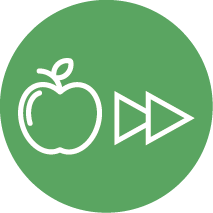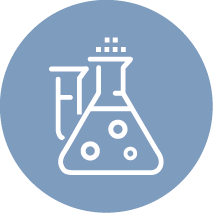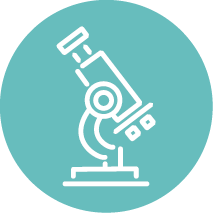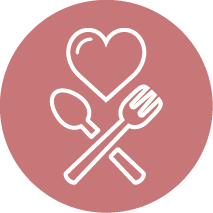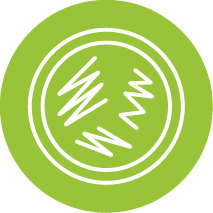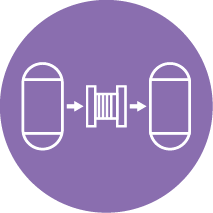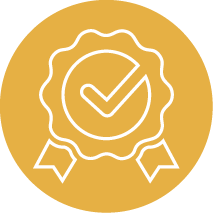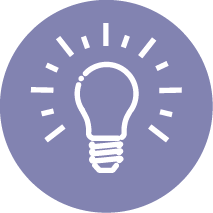Course: Food Science and Engineering Resources | OpenDesk
-
Food Science, Technology and Engineering are so versatile that these areas enable you to teach concepts across a wide range of areas, including maths, statistics, chemistry, physics, biology, art, geography, history and business. Some of these resources were originally developed for environments with less resources (for example studying at home!) but they can be modified to fit a more resourced school environment too.
Click on the icons below to go directly to exploring the resources. Alternatively you can scroll down further and click on section headings. Use the icons to navigate between activities. Please do not hesitate to contact us at the details below the icons if you have any questions.
Dr Polly Burey (project lead): Polly.Burey@usq.edu.au
Mr Andreas Helwig (engineering lead): Andreas.Helwig@usq.edu.au
Dr Zahra Gharineiat (technology lead): Zahra.Gharineiat@usq.edu.au
-
Producing food actually takes a lot of resources, including water and energy. Researchers and analysts now tend to use the Water-Energy-Food nexus or variations thereof, to analyse the sustainability of food production. It is now known that food production uses far more energy and water than is recovered from the actual food product. Students can use this exercise to look at how much resourcing is needed for some of the common foods they eat.
Please contact Polly Burey at Polly.Burey@usq.edu.au for more details about this activity.
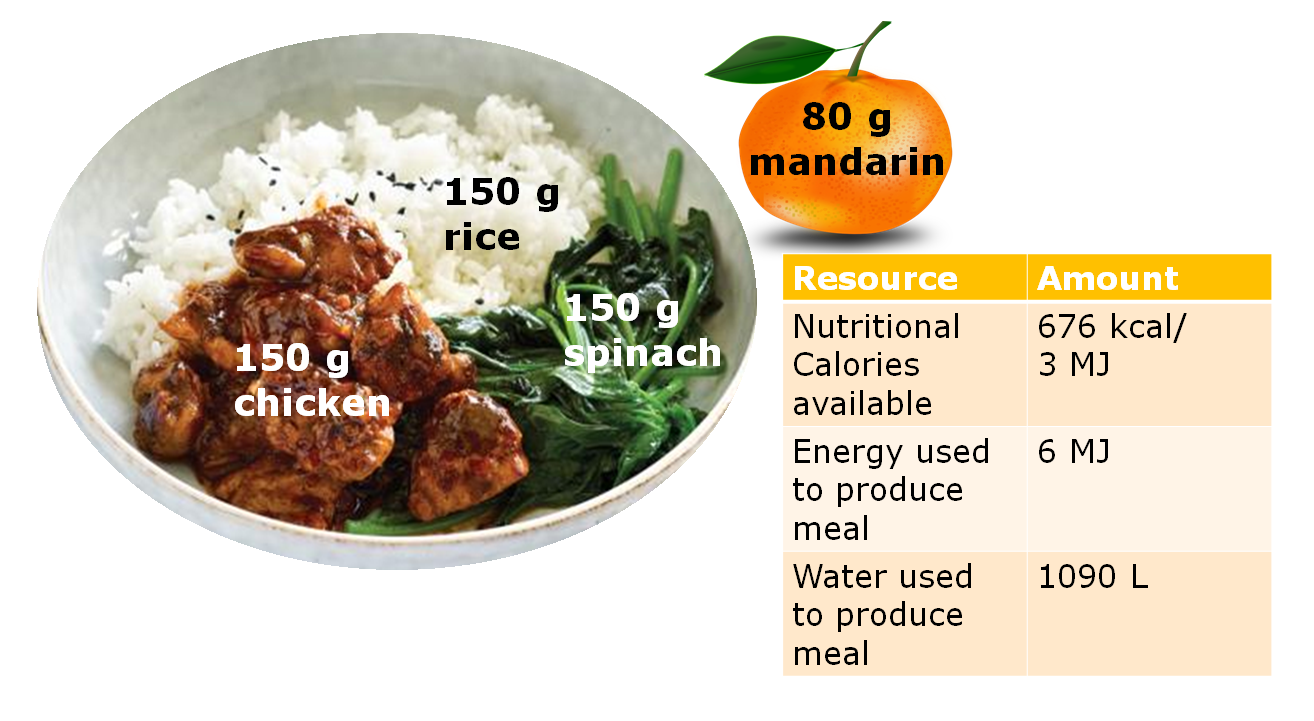 Activities: 0
Activities: 0 -
This set of activities was originally developed as 'at-home' food chemistry activities for external students in the CHE2810 Food Chemistry course at the University of Southern Queensland in 2018. In 2020 this kind of approach became more important! Although our students are provided with the lab kit items, this work can be replicated with resourcing in school laboratories or at home.
Please contact Polly Burey at Polly.Burey@usq.edu.au for advice on how to modify this to suit your classroom.
Activities: 4 -
Food Scienctists, Technologists and Engineers, along with other scientists and engineers need to work on how to produce and make food into the future here on Earth...........but we also need to consider far into the future, potentially if humans end up living in Space. The considerations are similar. This exercise looks at what it would take to produce a suitable space food, which can also link to how to produce food in a limited resource scenario.
Please contact Andreas Helwig at Andreas.Helwig@usq.edu.au for further details about this activity.
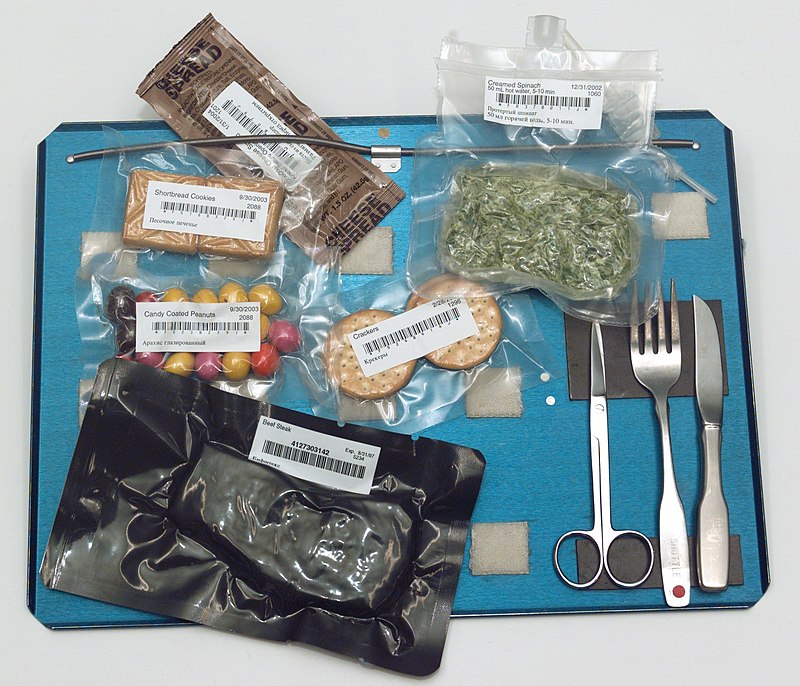 Activities: 0
Activities: 0 -
-
These activities are used as short tutorial exercises in some of our quality assurance course looking at physical characteristics of food. These have been developed to be done anywhere, anytime with a few simple measurement tools followed a bunch of statistics that could be done. This can cover things like geometry of food (the maths of Pringles? And mathematical functions associated with banana curves?), variability in sample populations, comparative analysis of sample types (t-test for different Tim Tams anyone?).
Please contact Polly Burey at Polly.Burey@usq.edu.au for further details of this activity.
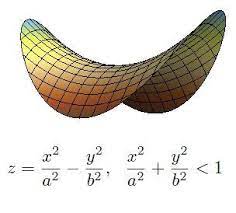 Activities: 4
Activities: 4
